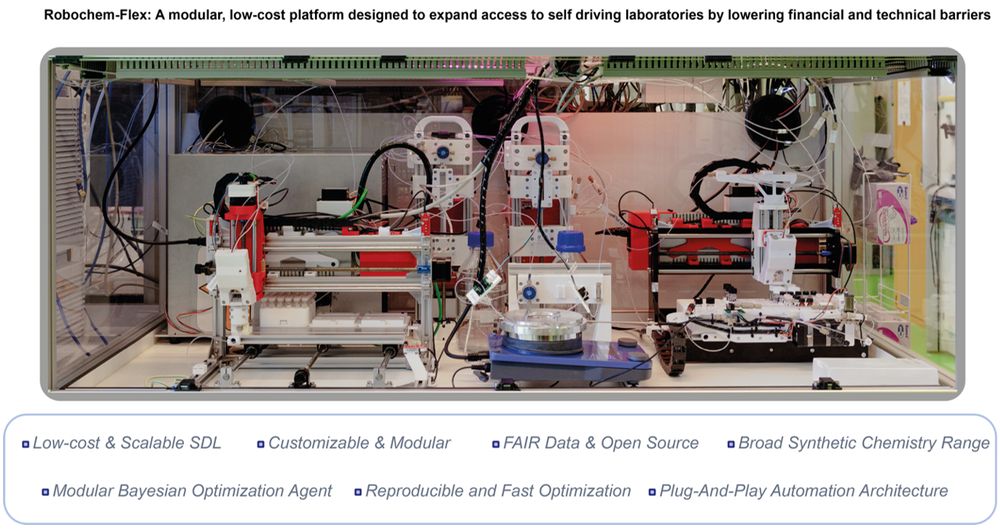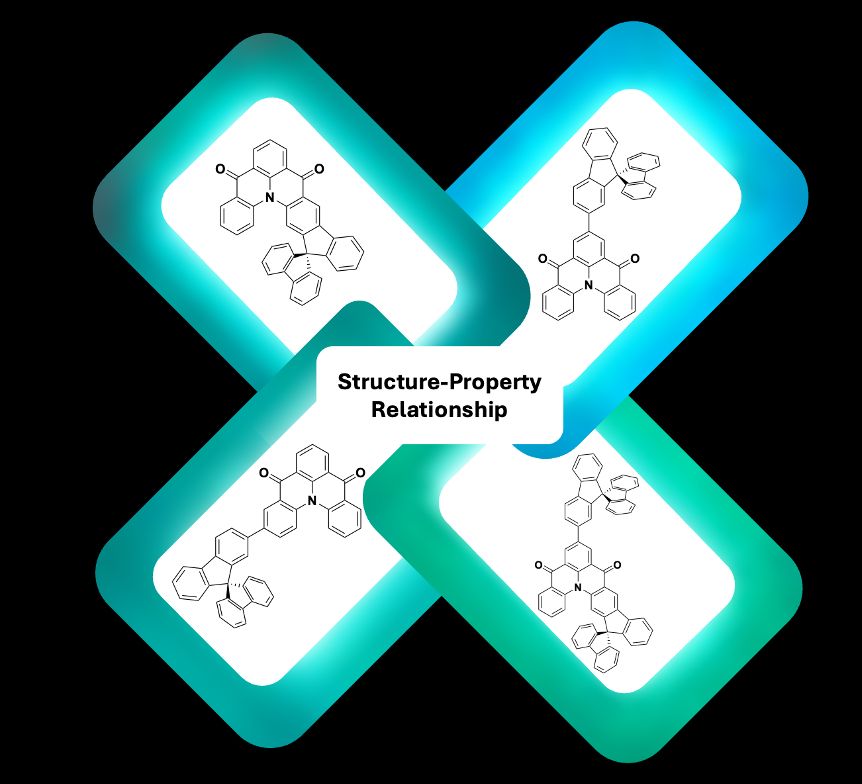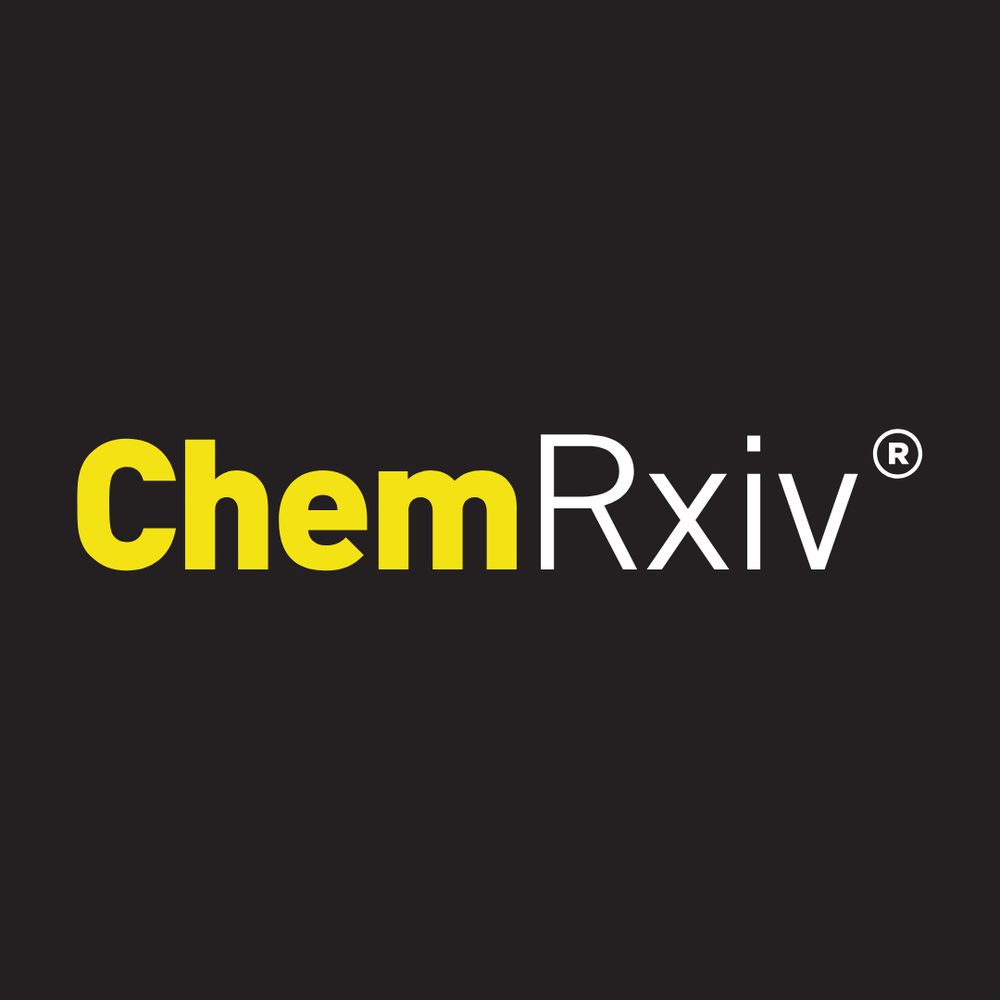ChemRxiv
@chemrxiv.org
190 followers
16 following
2 posts
ChemRxiv is the open preprint server for the global chemistry community. Contact us at [email protected] for assistance.
Learn more: ChemRxiv.org
Posts
Media
Videos
Starter Packs
Reposted by ChemRxiv
Reposted by ChemRxiv
Reposted by ChemRxiv
Reposted by ChemRxiv
Reposted by ChemRxiv
Reposted by ChemRxiv
Fernando Herranz
@fherranz.bsky.social
· Jul 16
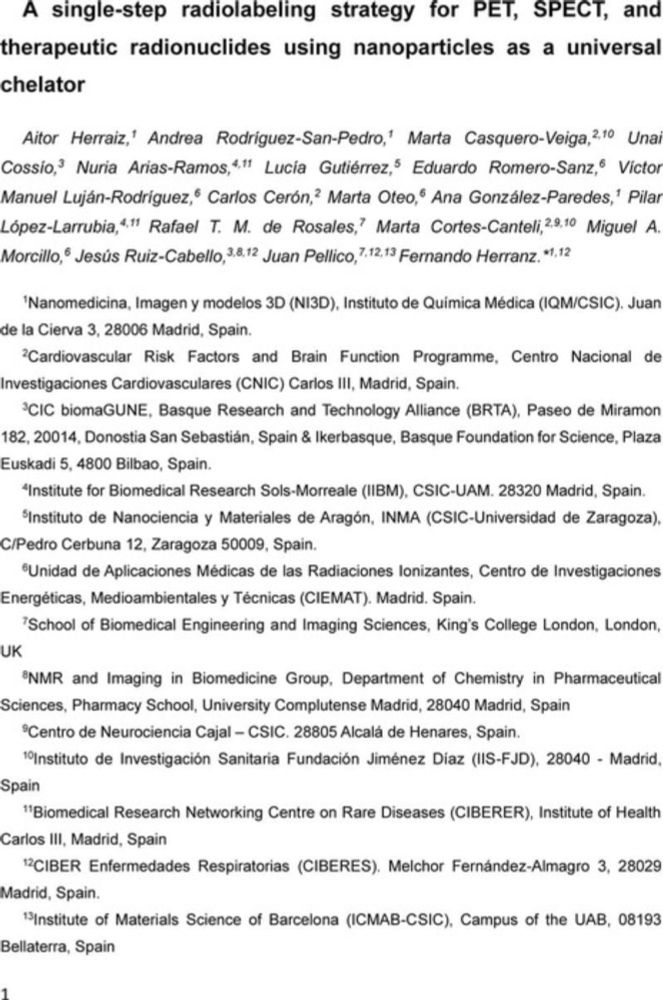
A single-step radiolabeling strategy for PET, SPECT, and therapeutic radionuclides using nanoparticles as a universal chelator
Radiopharmaceuticals are a novel approach for tumor treatment, with several successful examples in the clinic. When developing this approach, the selection of the two radiometals for imaging and thera...
shorturl.at
Reposted by ChemRxiv
Reposted by ChemRxiv
Katharina Ehrmann
@k-ehrmann.bsky.social
· Jul 15

Trioxanes as photodegradable motifs for additive manufacturing
We introduce trioxanes as a new motif for on-demand photolysis of 3D printed polymer networks via an orthogonal light source using photoacid generators (PAGs). The acid-induced degradation of otherwis...
chemrxiv.org
Reposted by ChemRxiv
Reposted by ChemRxiv
Reposted by ChemRxiv
Reposted by ChemRxiv
Reposted by ChemRxiv

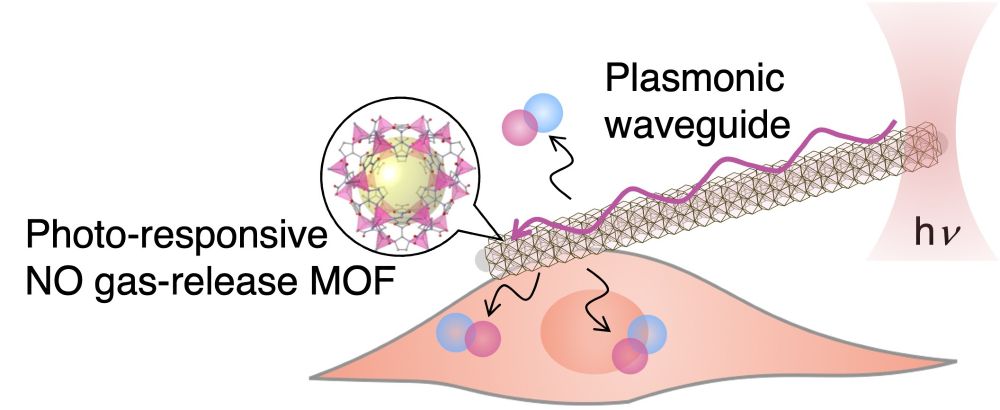



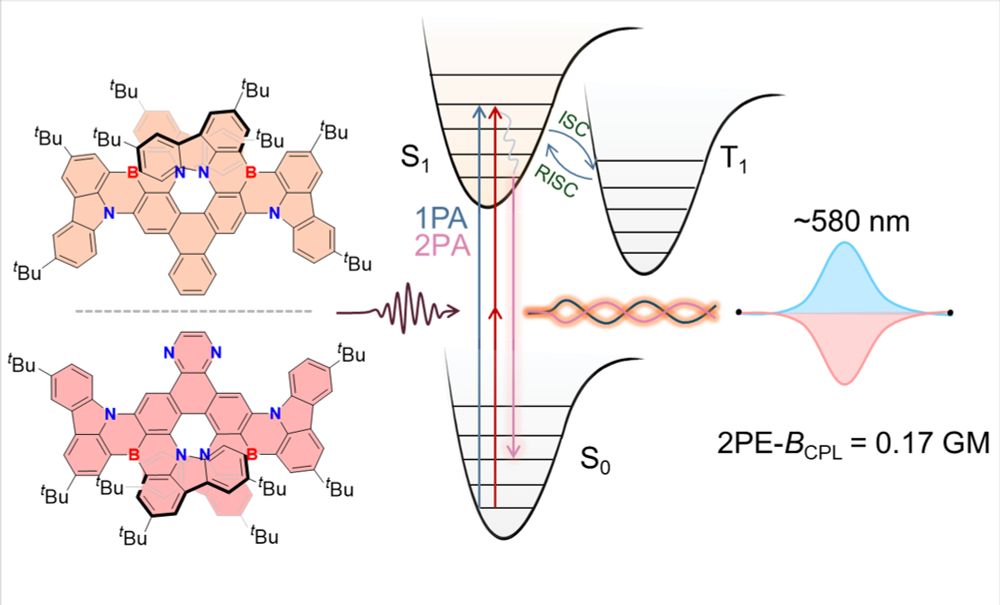

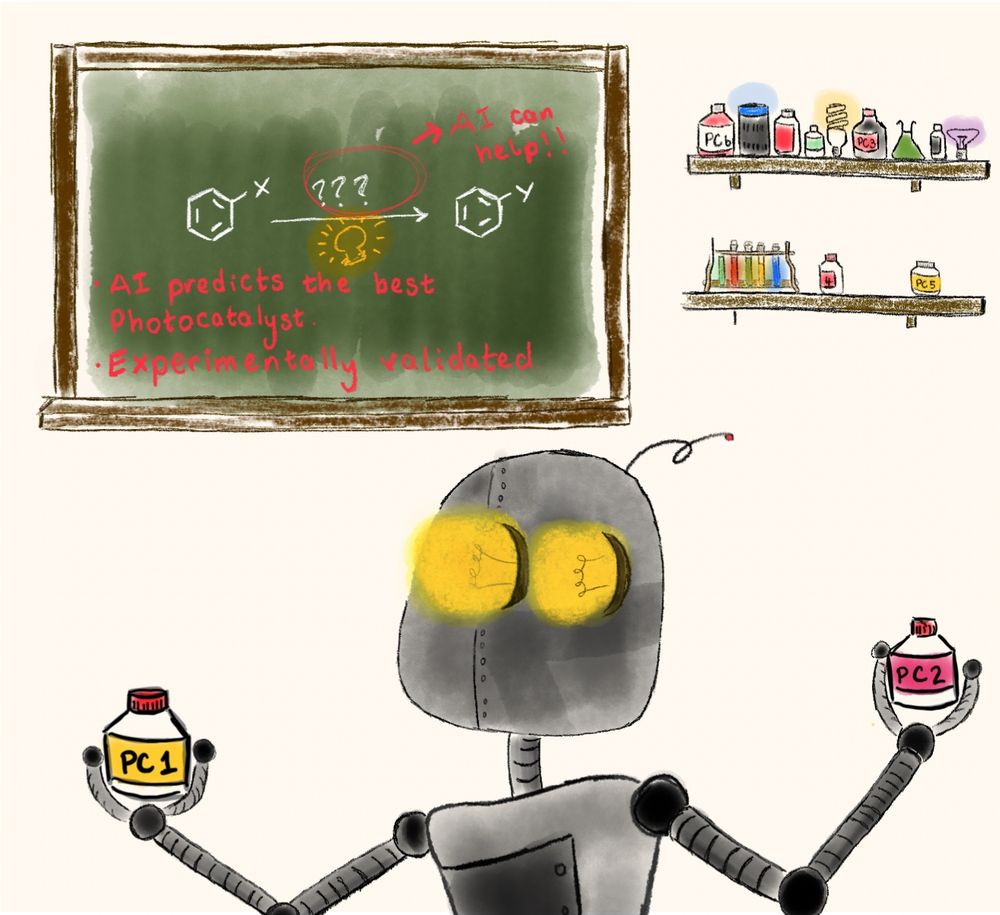
![Bicyclo[1.1.1]pentane is a rigid aliphatic hydrocarbon with a three-dimensional (3D), propeller-like shape and a molecular size which makes it a targeted bioisosteric replacement for phenylene and acetylene groups in medicinal chemistry. For the pharmaceutical application of BCP, simple, efficient, and cost-effective synthetic tools are required to enable the exploration of BCP’s potential as a bioisostere across a broad chemical space. The synthesis of BCP mono- and diketones remains a challenging task, limited by both substrate scope and expensive photocatalysts. Here we present a protocol for Friedel-Crafts acylation of (hetero)aromatic hydrocarbons with BCP acyl chlorides; in particular, the first method to access diaromatic BCP 1,3-diketones. Reaction optimization, substrate scope, and reactivity of the products are discussed. 35 mono- and diketones are reported accompanied by 7 examples of post-synthetic modifications. The synthesis of a BCP analogue of fenofibrate is reported.](https://cdn.bsky.app/img/feed_thumbnail/plain/did:plc:ls54voiihm3bxde2dkgrxbm3/bafkreigzyfnz4ckoa7ifg3rjuuzk7tt3vdih5xlizy6ledhqn5ua3urgie@jpeg)


